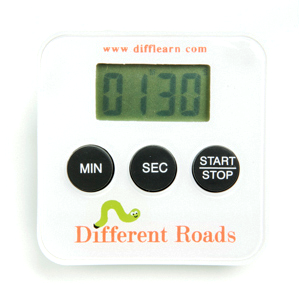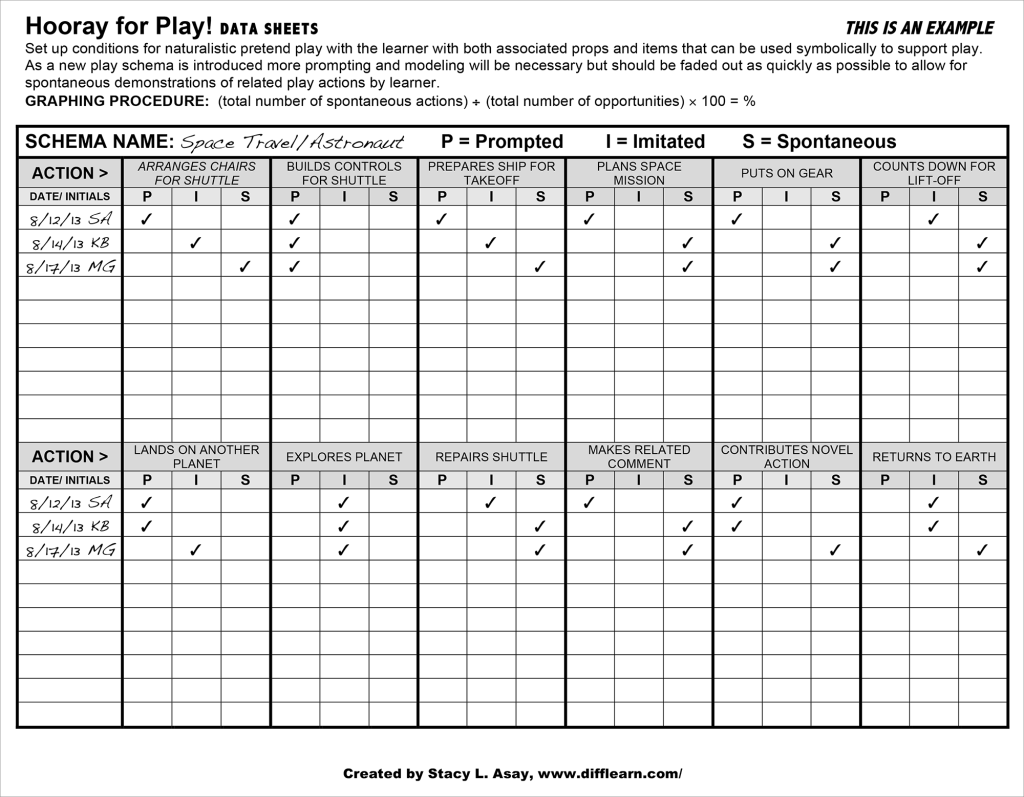
_________________________________
Seamless Separation: Transitioning to School
by Bridge Kids of New York, LLC
When your young child enters into a school or daycare setting for the first time, the transition can be challenging for both you and your child! This may be the first time your child has had to navigate a new environment without your support and it may be the first time you have had to entrust your little one to someone else. Of course this has the potential to be stressful for everyone involved!
Here are a few proactive tips to help both you and your child have a smooth transition:
- Try to meet with your child’s teacher prior to the first day of class. Discuss your concerns, goals, and values. Share important information about your child and ask the teacher to fill you in on any key information you should know about the classroom and/or the teacher’s approach. This conversation may help to ease your anxiety and build trust between you and your child’s new teacher.
- Establish a communication system. Talk to the teacher and/or the school’s administration to determine the best means of exchanging important information and find out how frequently you can expect communication. This will help to establish trust, create consistency between home and school, and keep you informed as to all of your child’s triumphs!
- Have a game plan for the first week of school. Although we certainly hope you and your child will transition to school without any difficulties, we always advise that you be prepared just in case! Expect that the separation may initially be challenging for your child. Talk to the teacher and school administration ahead of time and develop a plan for how you can help your child to be successful. Rather than waiting for a difficult and emotionally-charged situation to arise and then reacting to it, we suggest that you take proactive measures and develop a plan when both you and your child are calm. We highly recommend that you consult with a Board Certified Behavior Analyst when developing this plan to ensure its integrity as well as the safety of all involved.
- Try to remain calm and confident for your child. Children are often very good at reading our moods, emotions, and energy. If you enter into the school transition with outward uncertainty and nervousness, you may send your child the message that he should feel the same way. Instead, try to remain calm and positive about the change—model the behavior you want to see.
- Prepare your child for the transition to school. Discuss this new chapter in a way that expresses excitement and positivity. Provide your child with clear information on what to expect. Surprises or confusion can make this process more challenging for your child so do your best to help him understand what will happen.
- Create a “Going to School” storybook. Consider creating a fun storybook to help your child get ready for this new transition. Your storybook can include both text and pictures of the school, your child’s teacher, your family, and even some of his classmates (with consent from those parents, of course). You will want to provide your child with a step-by-step guide for what to expect. Using actual photographs may help your child to feel familiar with the school environment before the first day. We suggest reading this storybook to your child for at least 1-2 weeks prior to starting school, in the morning before school, and again after school until he/she is adjusted. You may even send the storybook to school with him. These types of books help to provide important information and also serve as a cue to remind us to talk about it!
- Do a dry run. Ask the school for permission to bring your child for a visit before school starts. Allowing your child to see the classroom and meet the school staff may help him to feel more comfortable on the first day. You may even consider taking pictures of your child in the school building or with her teacher to post in her bedroom or to include in your storybook. If school is in session and the administration gives you permission, you may even consider trying to walk out of the room for a few minutes during the visit to assess how your child will adapt to you leaving later on. (As a pointer, try not to make a huge production out of leaving! A dramatic exit may lead to a dramatic response!)
- Practice separating from your child in familiar environments. If separation is very challenging for your child, you may want to consider practicing this separation in a familiar environment. It may be overwhelming for your child to adjust to separation from you and the introduction of a new environment and new people all at the same time. In preparation for school, try separating from your child in environments where she already feels safe and secure (e.g. in your home). Provide your child with lots of praise and reinforcement for separating from you calmly and successfully!
- Gradually increase the length of separation. Some children benefit from gradual and systematic separation. You may initially just try walking out of the room for 10 seconds, then 30 seconds, then 1 minute, and gradually increase from there.
- Try to engage your child in a favorite activity before separating. By doing this, you are pairing the separation with something your child enjoys, which may make the separation itself less aversive. It may also serve as somewhat of a distraction, so your child is less likely to focus on your absence. Remember to do this proactively, not in response to problematic behavior.
Important Note: The tips outlined in this post are proactive measures only. We hope that applying this advice will help to prevent or reduce interfering behavior and set your child up for success. However, despite these proactive measures, some children may engage in interfering behavior that is dangerous to themselves and/or to others. We do not recommend implementing a procedure that may result in an unsafe situation. For this reason, we highly suggest you consult with a Board Certified Behavior Analyst (BCBA) prior to implementing intervention procedures. A properly trained professional can assist you in keeping the situation safe while helping your child to be successful.
We hope these pointers will help to make the school transition smooth for both you and your child! Of course this list of tips is not comprehensive and our behavior team is full of other suggestions, so feel free to contact us for support! You may find our upcoming Seamless Separation Workshop to be helpful! Click here to register for this FREE workshop. We understand that every child and family is unique and that successful transitioning may need to be individualized based on your unique needs. We are always here to help!
For more information about Bridge Kids of New York, please email info@bridgekidsny.com or visit www.bridgekidsny.com.



 One quote from the paper states, “Not only do people strive for freedom in a broad sense they also enjoy making simple choices, such as whether to engage in unproductive, though harmless, activities, like watching sitcoms on television, eating too many doughnuts, taking time off from work, or taking a nap before dinner.” In an effort to teach our learners independent skills, we often neglect to teach meaningful decision-making that reflects the types of decisions neurotypical adults make every day. Since the paper was originally published, there has been more work done on promoting decision-making skills for learners with developmental disabilities, but the issues described in the paper are still relevant today.
One quote from the paper states, “Not only do people strive for freedom in a broad sense they also enjoy making simple choices, such as whether to engage in unproductive, though harmless, activities, like watching sitcoms on television, eating too many doughnuts, taking time off from work, or taking a nap before dinner.” In an effort to teach our learners independent skills, we often neglect to teach meaningful decision-making that reflects the types of decisions neurotypical adults make every day. Since the paper was originally published, there has been more work done on promoting decision-making skills for learners with developmental disabilities, but the issues described in the paper are still relevant today.

 Teaching language skills is one of the most frequent needs for children with autism, but also one of the most misunderstood skillsets amongst both parents and practitioners. The desire to hear your learner speak in full sentences can be overwhelming, making it especially difficult to take a step back and consider what it means to communicate and how communication skills develop in neurotypical children. Many times we get hung up on what a child should be capable of communicating at a certain age, rather than focusing on what they are capable of communicating at this stage of development.
Teaching language skills is one of the most frequent needs for children with autism, but also one of the most misunderstood skillsets amongst both parents and practitioners. The desire to hear your learner speak in full sentences can be overwhelming, making it especially difficult to take a step back and consider what it means to communicate and how communication skills develop in neurotypical children. Many times we get hung up on what a child should be capable of communicating at a certain age, rather than focusing on what they are capable of communicating at this stage of development.






